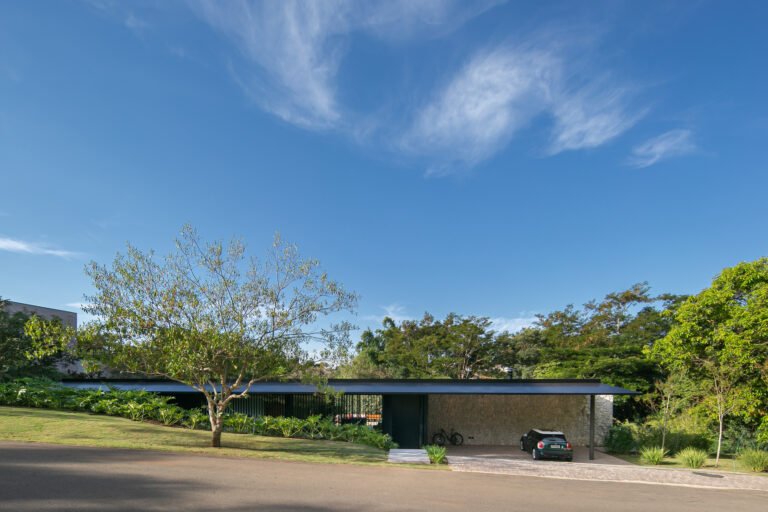Interstitial Spaces and Public Life, the Overlooked Interventions that Weave our Built Environment
Interstitial Spaces and Public Life, the Overlooked Interventions that Weave our Built Environment

Throughout the years, urban settings have been shifting and taking on new forms. Workspaces became more flexible, home-based offices are common and the increasing costs of housing have led to changes in the way dwellings are designed and built; while turning us towards public and communal outdoor areas for leisurely activities and social gatherings. Our shifting lifestyles are therefore shaping a new urban landscape that’s influencing the way we conceive and use these spaces. Despite everything, some smaller and often unrecognized typologies have persisted and remain as necessary as they’d always been.
They are not places of defined function, yet they still host valuable instances within our day-to-day lives. The latter are the Interstitial (or In-between) spaces, that act as buffers to, and link our private spaces to the public and functional buildings or landscapes. They are the hallways, waiting areas, elevators, staircases, entrances, and transitional zones weave our built environment together.
Though undefined, these In-between spaces are highly functional. While physically linking two areas, they can offer a mental detachment from the previous scene and enable a retreat to deep thought, self-examination, or even random encounters with people.

Residential transitions: From the private to the outside world
Solving good housing demands that provide a healthy lifestyle, by not just designing dwellings, but also implementing spaces that link the projects to their immediate surroundings. Circulations that open up to the exteriors and permeable ground floors while offering instances for communication and socialization.
Baigorria Residential Building / BBOA – Balparda Brunel Oficina de Arquitectura

Las Americas Housing Complex / SO-IL

Residential Building Canonica / deamicisarchitetti

Terrace House / Austin Maynard Architects

Entrances, lobbies, and transitional courtyards
Set in commercial, cultural and leisure facilities that contribute to the neighborhood’s development; these elements are open to the public and create high-quality urban landscapes. Passageways, open-air galleries, and gardens are some of the thoughtful additions that can be included in these cases.
QUAN Sphere Multipurpose Space / Ürobrous_studiolab

Standaertsite Park / murmuur architecten + Carton123 architecten + AE-architecten

Copera Garden / Tomás García Píriz

Kanahebisui Shrine / Kazuya Saito Architects

Jungnimchanggo Facility / everyarchitects

Café Teri / NAMELESS Architecture

Extensions to the streets
Public buildings throughout cities, such as markets and libraries, are open to all but can also have extensions on the street level to strengthen the relationship between the building itself and its context, again generating additional high-quality urban and public spaces.
Marsotto Milan Showroom / nendo

U-Market / Behet Bondzio Lin Architekten

Loggia Baseliana Pavilion / Isla Architects

Sayer Street / Jan Kattein Architects + BD Landscape Architects

Pingtan Book House / Condition_Lab & UAL Studio

Note: Find more reference projects in this My ArchDaily folder created by the authors.
This article is part of the ArchDaily Topics: Cities And Living Trends. Every month we explore a topic in-depth through articles, interviews, news, and projects. Learn more about our ArchDaily topics. As always, at ArchDaily we welcome the contributions of our readers; if you want to submit an article or project, contact us.






